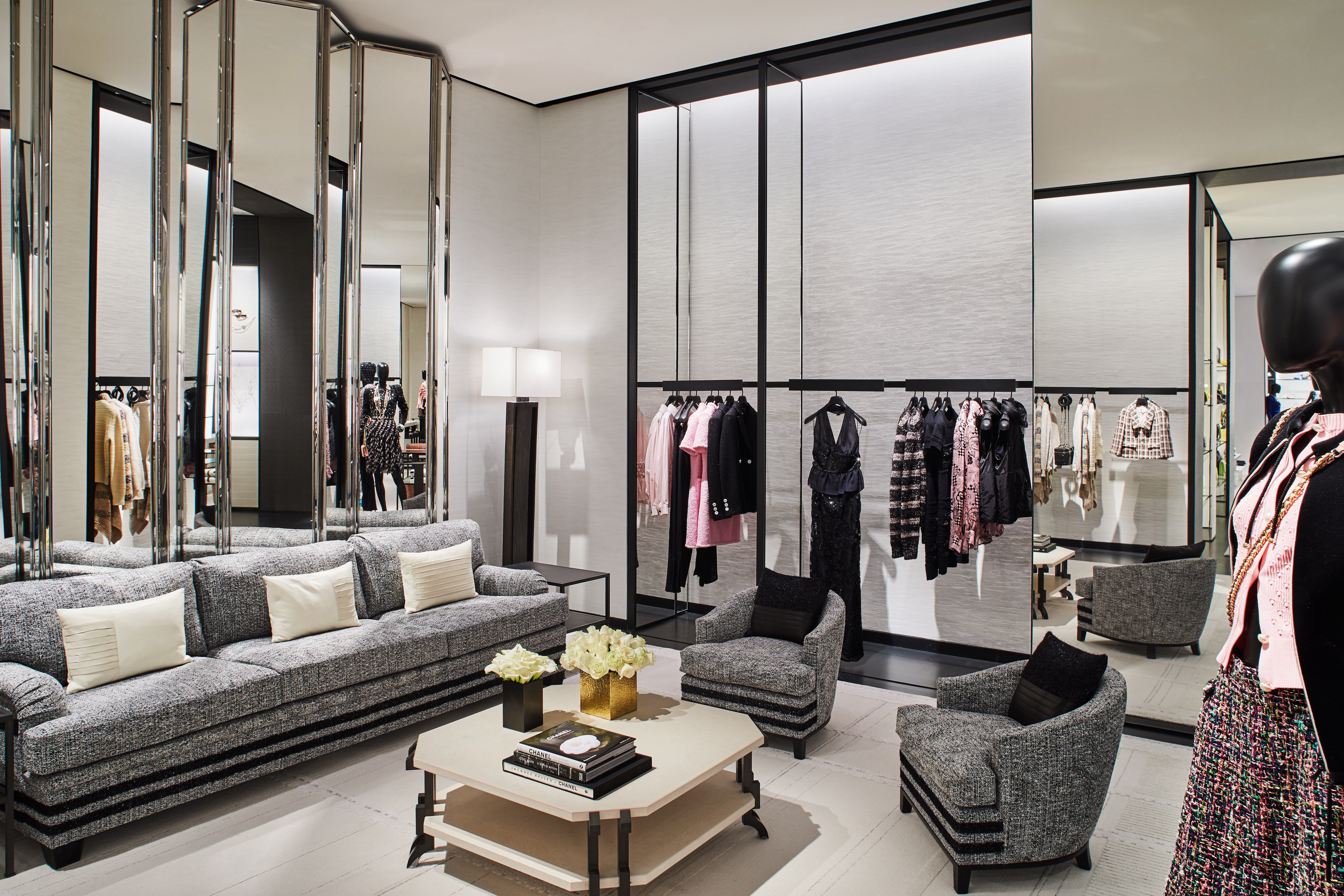Checking Out the Advancement and Impact of Clothes on Modern Style Trends
The evolution of clothing has significantly affected modern-day style patterns, merging historical criteria with sophisticated technologies. Legendary numbers like Coco Chanel and Yves Saint Laurent reinvented the fashion industry by presenting principles that prioritize comfort and accessibility, which proceed to reverberate today.
Historical Fashion Influencers
In the tapestry of style background, specific figures have actually left an indelible mark, shaping the fads and designs that define whole ages. Coco Chanel, an advanced designer, redefined females's style by introducing comfy, sophisticated clothes that left from limiting corsets. Her legendary Chanel match and little black dress have actually ended up being timeless staples in closets worldwide. Christian Dior's post-war "New Look" in 1947, with its event of femininity via full skirts and cinched waistlines, marked a return to luxury and has proceeded to influence developers.
Elsa Schiaparelli is an additional critical number, renowned for her progressive designs that included surrealist art, collaborating with Salvador Dalí to produce wayward items that challenged traditional visual appeals. Her ingenious usage of color and strong patterns resounds in modern fashion. Yves Saint Laurent, on the other hand, equalized high fashion with prêt-à-porter collections, bringing runway styles to the masses and establishing a criterion for modern ready-to-wear lines.
These visionaries, amongst others, not only transformed style in their times yet also set withstanding patterns that reverberate in today's style industry, offering a foundation upon which contemporary developers remain to innovate and build. Their traditions highlight the value of creative thinking and bold in vogue's ever-evolving story.
Technical Advancements in Fashion
Amidst the dynamic landscape of the fashion business, technological developments stand at the leading edge of advancement, reshaping exactly how designers produce and consumers engage with fashion. The integration of 3D printing has revolutionized design procedures, making it possible for developers to trying out intricate frameworks and sustainable materials that were previously inconceivable. This modern technology promotes quick prototyping, lowering waste and quickening manufacturing times.

Smart textiles, installing technology into textiles, are also changing the sector. Developments like temperature-regulating and self-cleaning fabrics use boosted functionality and convenience. Wearable modern technology, incorporating functions like health and fitness tracking and communication, includes a brand-new dimension to fashion, combining aesthetics with functionality.
Social Shifts and Style
As technological developments remain to reshape the fashion business, social changes are similarly significant, redefining design and customer choices. Recently, the surge of social media sites systems has actually increased the circulation of international style patterns, enabling diverse cultural influences to converge and coexist. This digital interconnectivity has actually promoted the quick exchange of concepts, bring about an extra inclusive and eclectic interpretation of design that mirrors the diverse nature of contemporary society.
Social recognition and admiration have prompted developers to attract motivation from a wider spectrum of ethnic and historic contexts, integrating traditional concepts with modern looks. This combination has caused fashion that resonates with a bigger target market, promoting a feeling of identity and belonging across various demographics. Furthermore, the increasing need for personalization has actually driven brand names to provide personalized choices, enabling customers to reveal originality while showing their cultural heritage.
In addition, moving social values have go now actually affected style, with inclusivity and diversity becoming main themes. The market has begun to welcome designs and influencers of numerous type of body, ethnicities, and gender identifications, difficult standard charm criteria. This change emphasizes the power of cultural changes in shaping the future of fashion, as design becomes a much more genuine expression of personal and cumulative identification.
Sustainability and Modern Design
While the apparel industry continues to progress, the critical for sustainability has actually ended up being significantly immediate, influencing modern style methods. This change intends to address honest factors to consider and environmental issues, causing a reevaluation of typical production methods. Designers are currently incorporating lasting products, such as organic cotton, recycled polyester, and naturally degradable materials, right into their collections, lowering the ecological footprint of fashion. The rise of sluggish style, which stresses top quality over quantity, encourages consumers to purchase timeless pieces as opposed to transient patterns.
In addition, modern-day style is defined by its advancement in lessening waste and promoting circularity. Techniques such as zero-waste pattern cutting and 3D knitting are gaining grip, permitting developers to produce garments with minimal fabric wastefulness. In addition, brands are adopting transparent supply chains, making sure responsibility and fostering customer depend on. This technique not only mitigates ecological effect but additionally improves the social obligation of style residences.

Future Trends in Style

Sustainability will certainly remain to be a driving force in forming future fashion fads. The industry is significantly embracing eco-friendly products and ethical manufacturing techniques, replying to a growing customer demand for liable practices. Technologies such as bio-fabricated materials and closed-loop recycling systems are established to redefine exactly how apparel is created and eaten, decreasing ecological impact while keeping style and high quality.
Social shifts, consisting of the rise of inclusivity and diversity, will certainly also play an essential role. As society comes to be more conscious of social concerns, fashion is expected to come to be a platform for expression and modification. Developers will likely concentrate on creating collections that show a more comprehensive variety of experiences and identifications, championing representation and availability.
Verdict
The evolution of garments dramatically impacts contemporary style find more fads, where historic impacts merge with contemporary styles. Secret numbers like Coco Chanel and Yves Saint Laurent have actually redefined design, while technological developments such as 3D printing and wise fabrics increase imaginative opportunities. Cultural shifts towards inclusivity and sustainability oblige brands to welcome and take on ethical practices diversity. This ongoing evolution underscores fashion's role as a mirror to societal values and technological improvement, suggesting a future rich with advancement and inclusivity.
The evolution of apparel has actually substantially influenced modern fashion fads, combining historical criteria with sophisticated advancements.In the middle of the dynamic landscape of the style sector, technological advancements stand at the center of technology, reshaping how developers produce and consumers involve with fashion.While the fashion sector continues to evolve, the important for sustainability has actually ended up being increasingly immediate, influencing modern layout practices. As sustainability comes to be embedded in modern layout, it paves the means for a much more conscious and accountable fashion market.
The evolution weblink of apparel considerably influences contemporary style trends, where historic influences combine with modern styles.
Comments on “Checking out the World of Sustainable Boutique Fashion Brands”